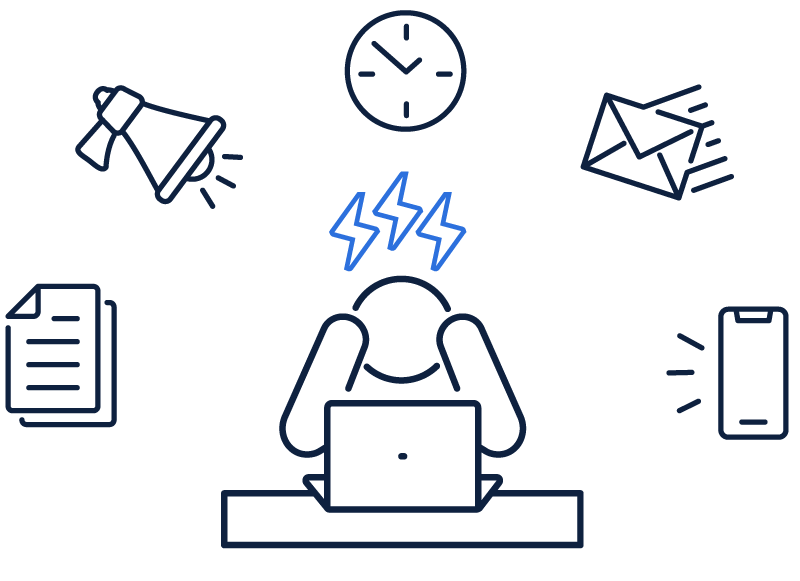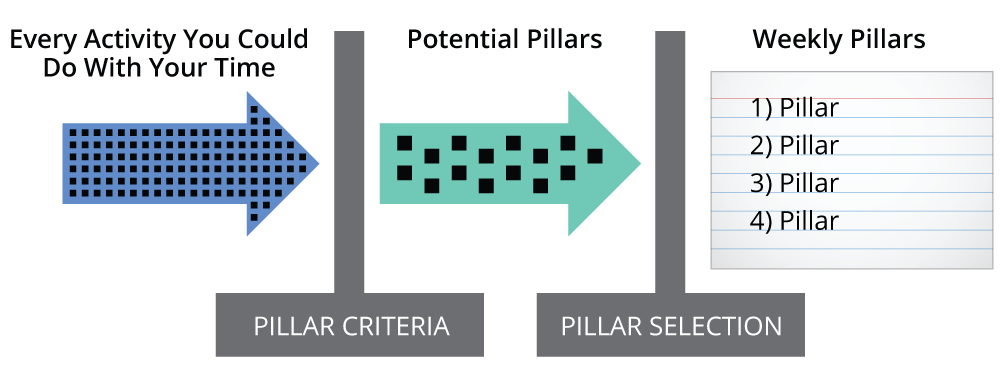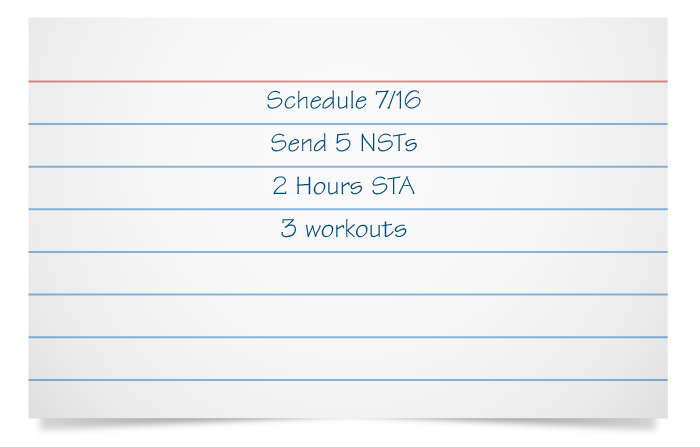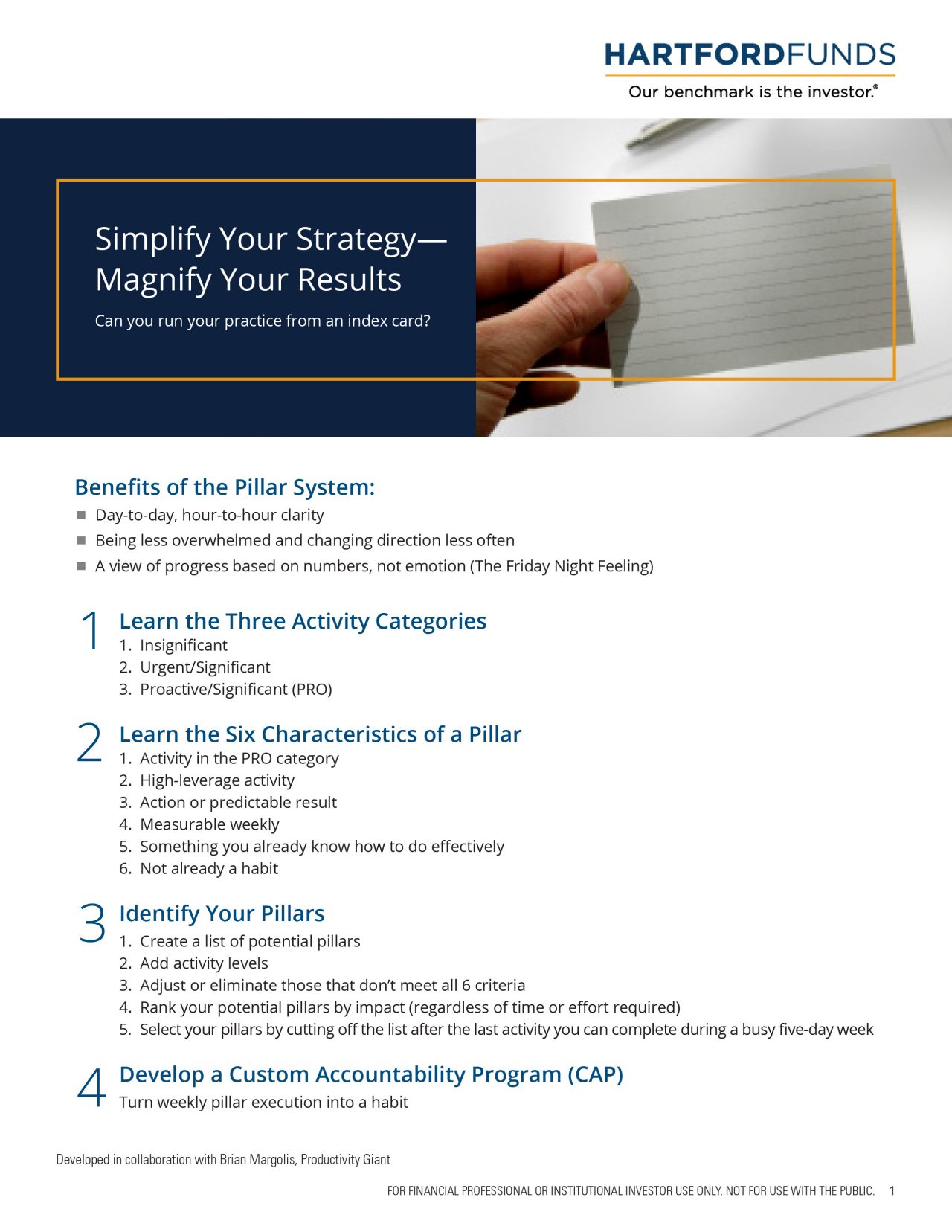
There’s a slew of potential goals and activities you could pursue in 2021. The key is concentrating on the ones that will have the most significant impact on your business.
To understand where the Pillar System fits into your business or career, you must recognize that being good at something is different than being successful. The skills required to run a successful business differ radically from the trade skills used within the business. For example, there are mechanics who, blindfolded, can tell you what’s wrong with your car, but they can’t necessarily run a successful auto repair shop. You can also see this distinction among authors. Great writers aren’t compensated as well or recognized as much as writers who are good at promoting and selling a book. That’s why you hear the term “best-selling author” not “best-writing author.”
Many talented, hard-working, and highly skilled people have yet to reach the level of success they’re capable of. A primary reason is they don’t have the skills and/or strategy to run themselves or their businesses. I often find that talented professionals who are stuck don’t need more ideas. They need a strategy. The Pillar System is designed for just this purpose. It uses the concept of focus management to help you develop a simple business strategy to achieve your goals, so simple that the strategy can fit on an index card.
The problem isn’t that you don’t have enough time
An honest analysis of our work lives reveals there’s more than enough time to be successful. Look around your office or think about those with a similar job or business. The people who work the most hours aren’t always the most successful, and the people who work the fewest hours aren’t always at the back of the pack.
Time management has its place, but when it comes to getting results, the key is focus management, i.e., what we intentionally choose to focus on. Focus, not time, is our true limiting resource—specifically, our ability to get and stay focused on cognitively demanding activities (CDAs) for a given length of time. CDAs are activities that require significant mental resources such as creating, synthesizing, decision making, exercising willpower, and problem solving.










